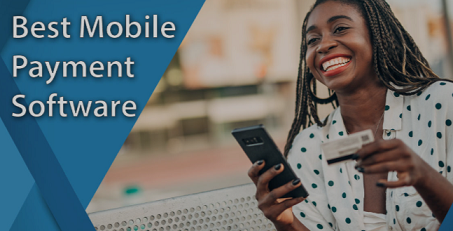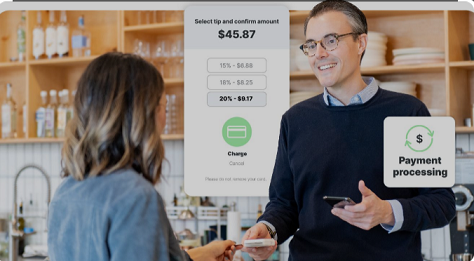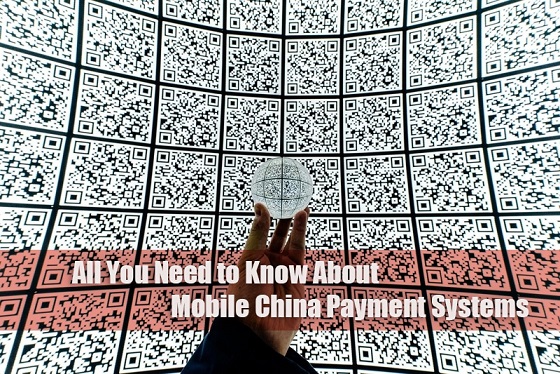Mobile payment systems have dramatically transformed the way we handle financial transactions, offering a more convenient, faster, and often more secure alternative to traditional methods. As smartphones and mobile devices become ubiquitous, mobile payments are now an integral part of daily commerce, empowering individuals and businesses to complete transactions with just a few taps or swipes.
What Are Mobile Payment Systems?
Mobile payment systems enable consumers to use smartphones, tablets, or other mobile devices to make payments for goods and services. These systems use technologies like Near Field Communication (NFC), QR codes, mobile banking apps, and cloud-based platforms to facilitate payments. Popular examples include Apple Pay, Google Pay, Samsung Pay, PayPal, Venmo, PayPal, Payoneer which allow users to link their bank accounts, credit cards, or prepaid cards for secure, instant transactions.
What Types of Mobile Payment Systems?
Mobile payment systems come in various forms to meet different needs and preferences:
Mobile Wallets
- Mobile wallets, such as Apple Pay, Google Pay, and Samsung Pay, securely store credit and debit card information on smartphones. Users can tap their devices at compatible terminals to make payments, with encryption and tokenization enhancing security.

Peer-to-Peer (P2P) Payments
- P2P systems like Venmo, PayPal, and Zelle allow users to send and receive money between individuals, making personal transactions seamless for everything from splitting bills to paying friends back.
QR Code-Based Payments
- Platforms like WeChat Pay and Alipay, widely used in China, allow users to scan merchants’ QR codes for quick payments. This method is especially popular in retail, food services, and among street vendors.
Direct Carrier Billing
- Direct carrier billing lets consumers make purchases via their mobile phones, charging the cost to their phone bills. It’s a common method for buying digital goods like apps, music, and games.
Benefits of Mobile Payment Systems
Convenience
- Mobile payments allow users to make purchases, transfer money, and pay bills anytime, anywhere, without the need for cash or physical cards. Biometric authentication (e.g., fingerprints or facial recognition) further simplifies the process.
Speed
- Contactless payments via NFC or QR codes are faster than traditional methods like cash or card swipes, reducing checkout times and making transactions smoother for both consumers and businesses.
Security
- With encryption, tokenization, and biometric authentication, mobile payments often provide enhanced security. For instance, tokenization replaces sensitive card details with unique identifiers, reducing the risk of data breaches.
Cost-Effective
- Mobile payment systems can reduce transaction costs for businesses by eliminating the need for expensive hardware. For consumers, many apps are free or charge minimal fees, making these systems a cost-effective option.
Digital Record Keeping
- Transactions made through mobile payments are automatically logged, simplifying expense tracking and financial management, beneficial for both personal budgeting and business accounting.
Challenges Facing Mobile Payment Systems
Security Concerns
- Despite advancements, mobile payments remain vulnerable to fraud, phishing, and hacking. A compromised device can expose users’ payment information to malicious actors.
Adoption Barriers
- While mobile payments are widely accepted in some regions, they’re not universal. Small businesses may lack the infrastructure to support mobile payments, and some consumers, especially older generations, may be hesitant to adopt these systems due to unfamiliarity or security concerns.
Dependence on Technology
- Mobile payments require internet access and a functioning device. If a phone’s battery dies or the network fails, users may be unable to complete transactions, posing a challenge in certain situations.
The Future of Mobile Payments

The future of mobile payment systems is promising, with technology continuing to reshape how we transact. Emerging trends such as the integration of blockchain, cryptocurrencies, and 5G networks are poised to improve security and speed. As businesses adopt mobile payments and consumer trust grows, we can expect widespread usage across more industries and regions.
Cryptocurrency Integration
- As digital currencies like Bitcoin and Ethereum gain traction, mobile payment platforms are starting to support cryptocurrency transactions, creating opportunities for global payments, especially in regions with limited access to traditional banking.
Biometric Payments
- Biometric authentication, such as facial recognition and fingerprint scanning, is likely to play a larger role in payment security, offering a seamless yet secure transaction process.
Artificial Intelligence and Automation
- AI and machine learning are already being used to detect fraud and enhance customer experiences. These technologies may further streamline payment processes and create personalized experiences for users.
Conclusion
Mobile payment systems are revolutionizing the way we transact, offering faster, more secure, and more convenient alternatives to cash and card payments. With constant technological innovations and growing global adoption, mobile payments will continue to evolve and become more widespread in the years ahead. For both businesses and consumers, embracing these systems offers a path to a more efficient, seamless financial experience.

